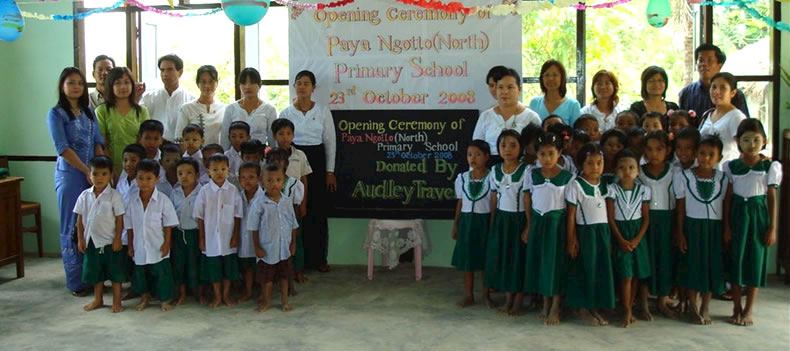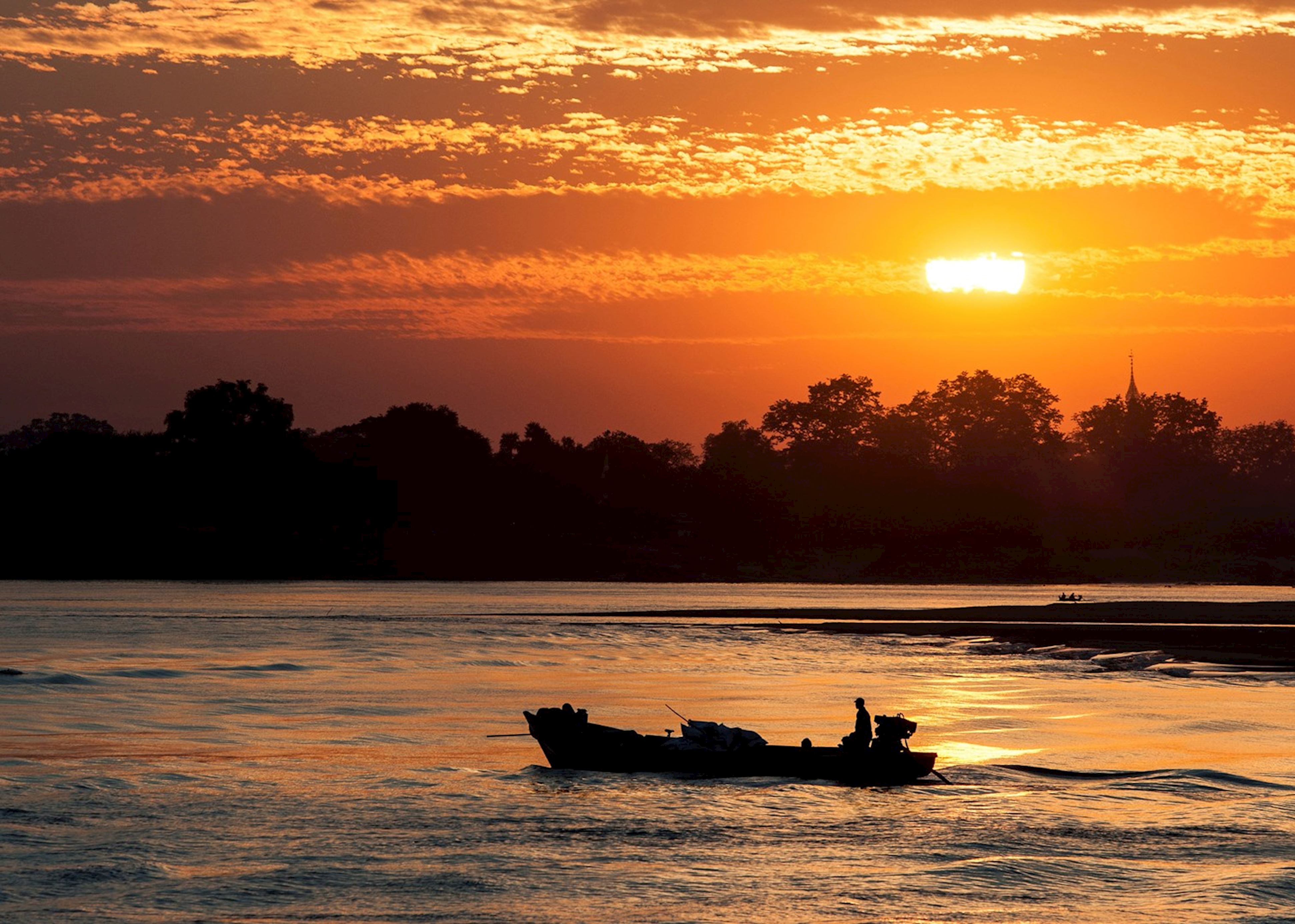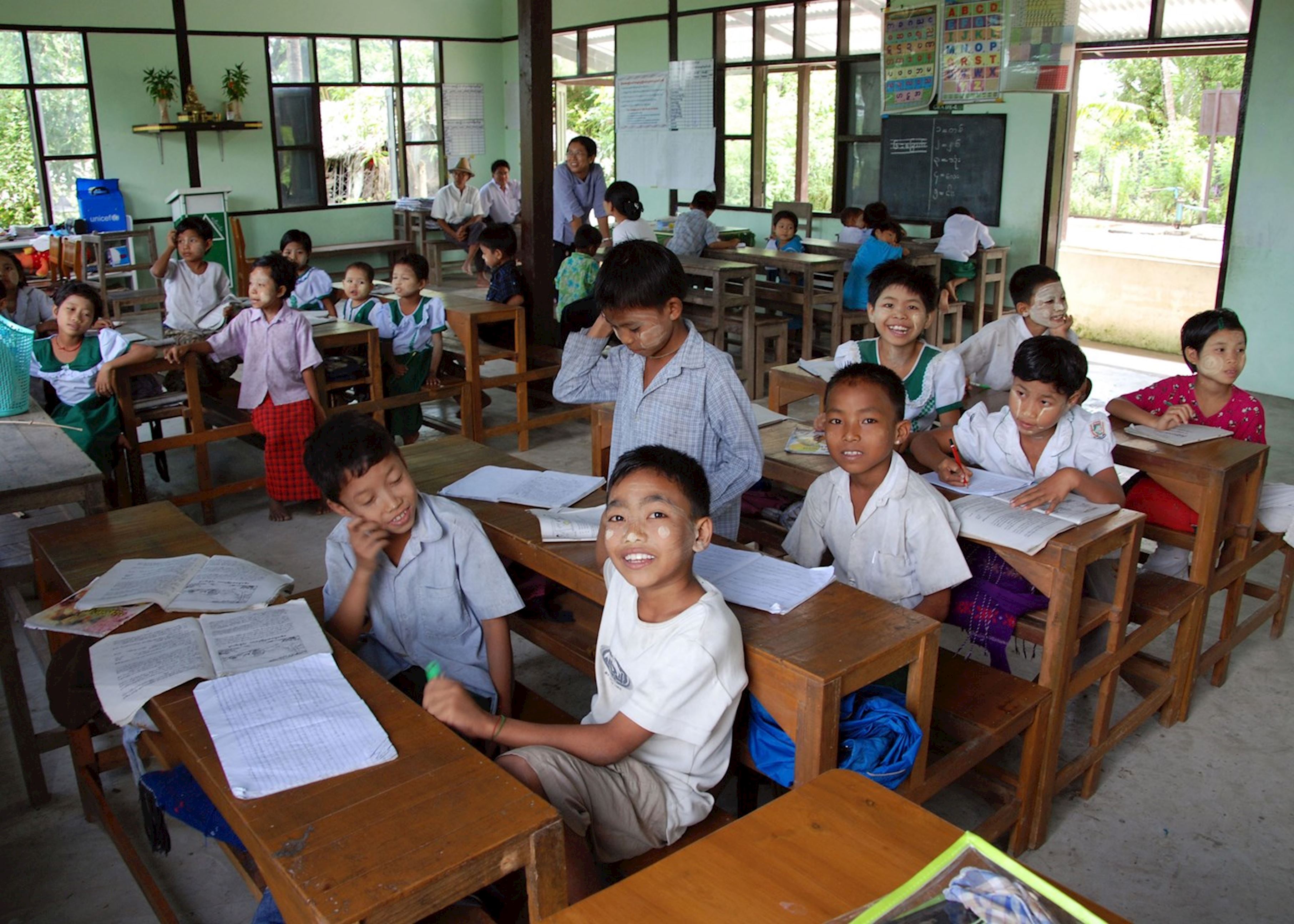From joining a community project in Kenyato visiting a rebuilt school in Myanmar, getting involved with a local cause can transform your travels. Terry and Ian tell their stories about recent trips, and give advice on how you can help

"It was an opportunity to make a small difference."
On my recent trip to Kenya I spent three days learning about a community development programme called Adopt a Village. The voluntourism programme is run by the organisation Me to We — a division of Free the Children. They organise trips to educate people about their work to develop and improve the livelihoods of village communities across the world. In Kenya, it organises three or seven-day voluntourism stays just outside the Masai Mara where travellers can learn about the local culture and traditions, help out on various projects and really interact with the community. It’s unlike anything I’ve done before and offers an unforgettable insight into what life is really like for people in rural Kenya. It was an opportunity to make a small difference as part of my travels.
 I joined a group of 20 others who had come from far and wide, all with a common interest in learning more about Free the Children’s work. We were staying at Bogani Cottages, custom-made to accommodate visitors for the Me to We projects. There were comfortable tented rooms or family cottages, and we enjoyed great food and a warm welcome.
I joined a group of 20 others who had come from far and wide, all with a common interest in learning more about Free the Children’s work. We were staying at Bogani Cottages, custom-made to accommodate visitors for the Me to We projects. There were comfortable tented rooms or family cottages, and we enjoyed great food and a warm welcome.
We visited various villages, and the projects within them, which were all at different stages of working with Free the Children. Some villages had only just begun to work with the organisation; others had been with them for several years. The difference between the two was astonishing!
Each day was different and our involvement varied from simply taking the time to talk to people to getting our hands dirty. The Kisaruni girls school was the first school built by the charity, and they have left the original mud brick building where the children used to be schooled as a reminder of the old days. We toured around the library, classrooms and kitchens and joined in the school assembly with the children who wanted to play and sing songs with us. We later helped mix cement and pour the foundations for another classroom block, the hard work repaid by the thought that I’ve made a small contribution to the education of thousands of children.
 Another highlight was spending the morning with two mothers and accompanying them on their water walk. We walked down to the river, filling 20-litre jerry cans and then strapping them to our heads to bring them back to the village. As we walked we learned more about their lives, talking about their children who are now able to get an education at the local school.
Another highlight was spending the morning with two mothers and accompanying them on their water walk. We walked down to the river, filling 20-litre jerry cans and then strapping them to our heads to bring them back to the village. As we walked we learned more about their lives, talking about their children who are now able to get an education at the local school.
We met a Maasai askari (warrior) who told us how he battled with the Maasai elders to be permitted to go to school. It was heart-wrenching; seeing the difference this education has made to his life and to his family was incredible. Another evening we met Robin Wisowazati, a woman who lived for one year as a Maasai before joining Free the Children. Her emotional story had us in people and a real insight into what charitable development can achieve.
Did you know?
Audley founder Craig Burkinshaw has been involved with the charity for many years, helping on a number of projects. Me to We raises funds for Free the Children through its travel programme with 50% of profits going to the charity.
Find out more about Audley's charities
"It was humbling to meet those who have so little."
May 2013 saw my first visit (but hopefully not my last) to Myanmar, a short stop for a few days on my way back from the Audley Southeast Asia Guide Awards in Yogyakarta, Indonesia. Although the sights and sounds of Rangoon — the Shwedagon Pagoda in particular — were impressive, it was actually in a small village called Paya Ngoto where the country made its biggest impression on me.
In May 2008 Cyclone Nargis hit the shores of Myanmar, devastating the Irrawaddy Delta region. Many areas were left without food supplies, water or electricity, and UN figures suggest that nearly 200,000 people were killed. Moved by these events, our Myanmar team started fundraising for the victims of the cyclone; over time, they decided that they wanted to source a project that Audley could directly support and that would provide long-term gain for a community.
 Paya Ngoto is a small village just a short distance from the town of Twante, about two hours from Rangoon. The village school was virtually destroyed by the cyclone and following the devastation the 55 pupils (aged between five and eight) were moved to a nearby temporary bamboo building. With assistance from our contacts in Myanmar, we decided to take on this project and oversee the rebuilding of the school in conjunction with the school committee. With the help of a huge number of client donations and support from staff, family and friends, we raised £11,000 and in October 2008, the school reopened, complete with a much-needed flood defence wall and a raised-level playground to help ensure the safety of the children.
Paya Ngoto is a small village just a short distance from the town of Twante, about two hours from Rangoon. The village school was virtually destroyed by the cyclone and following the devastation the 55 pupils (aged between five and eight) were moved to a nearby temporary bamboo building. With assistance from our contacts in Myanmar, we decided to take on this project and oversee the rebuilding of the school in conjunction with the school committee. With the help of a huge number of client donations and support from staff, family and friends, we raised £11,000 and in October 2008, the school reopened, complete with a much-needed flood defence wall and a raised-level playground to help ensure the safety of the children.
Therefore, it was with eagerness that I made the journey out to this wonderful school that I’d heard so much about from our Myanmar specialists. After a very warm welcome from the teachers and children, I was given a tour of the school. The children were in high spirits and were keen to show off their alphabet recitals and playground games. The school is thriving and it was incredibly humbling to meet children that are the same age as my own, but who have so little in the way of material things by comparison. Their enthusiasm, energy and politeness was overwhelming, as was the dedication of the teachers there.
 The school are really grateful for our ongoing support as it has made such a big difference to their community. More recently we are thrilled to have been able to fund a new water tank so the children and teachers can have clean drinking water. We will of course continue to support the school in the future, something we made sure they knew before we left.
The school are really grateful for our ongoing support as it has made such a big difference to their community. More recently we are thrilled to have been able to fund a new water tank so the children and teachers can have clean drinking water. We will of course continue to support the school in the future, something we made sure they knew before we left.
Though mine was only a short trip, Myanmar left a lasting impression on me; its incredible natural beauty, charming people, architecture and heritage should not be missed. But for those wanting to delve a little deeper, I would highly recommend a visit to Paya Ngoto. To get a real feel for the community and the chance to make a difference, we can arrange a visit to the school during term time; if you wish, you can donate exercise books, pencils, learning materials, new uniforms and so forth. We can also arrange a sponsored lunch for the whole school (which you are welcome to join), prepared by the local monastery, which provides the children with a fresh, wholesome meal.
Was this useful?





